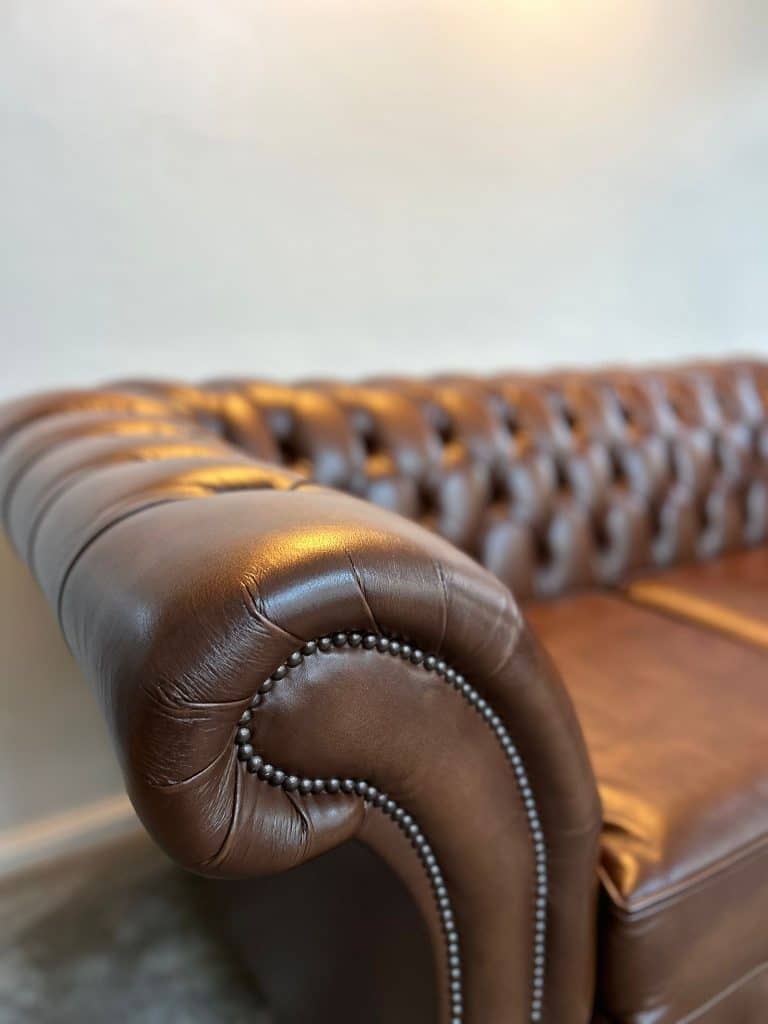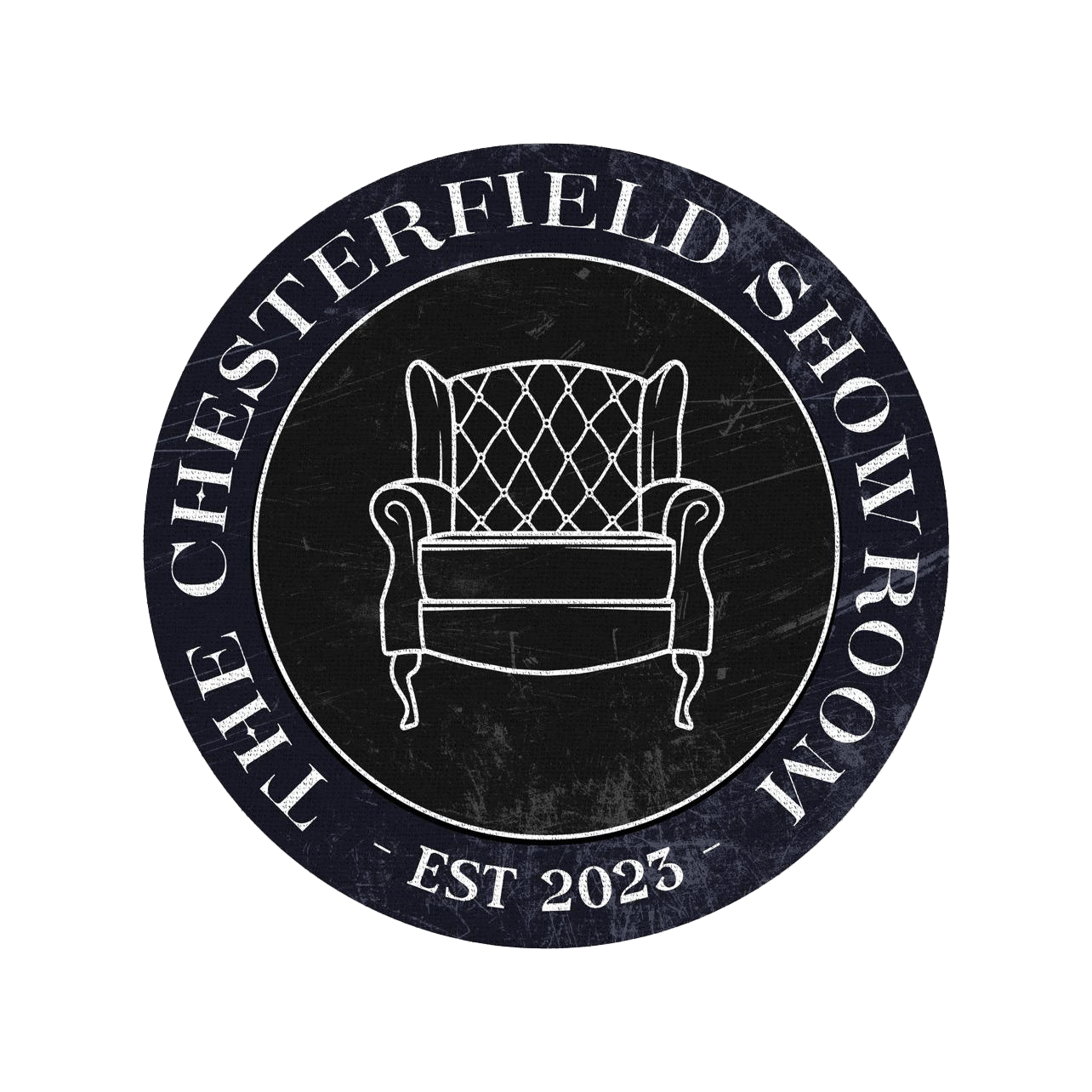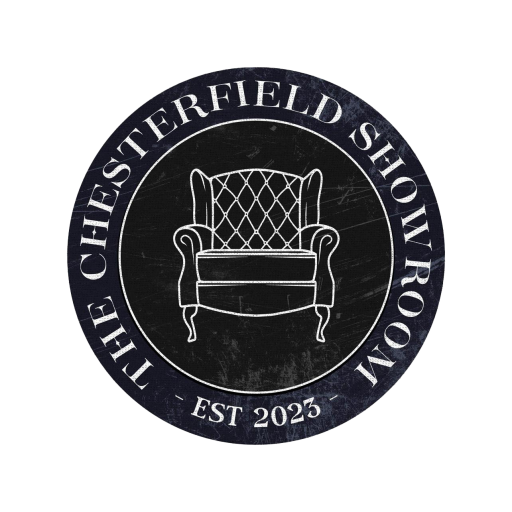
When it comes to choosing a Chesterfield, the first thing to consider is the type of Chesterfield you are after. The Chesterfield has been, for all intents and purposes, a statement piece for over two hundred years. Hence, creating the perfect sofa goes hand in hand with being experimental—that is to say, you will be thinking outside the box in terms of colour and design, looking to create something unique to you.
With that in mind, we feel it is only right that you are clued in on everything there is to know about this type of sofa and what distinguishes them from one another.
As a helpful pointer, most Chesterfields are designed in certain ways due to the shape and style of the arm—once you have familiarised yourself with the different arm shapes, the style itself is easier to decipher.
Oxford
The first thing you will notice about the Oxford Chesterfield is its very vertical presentation. Although all Chesterfields are low-set (as was the intention from the very beginning), the Oxford maintains a proud stance.
This is why posture is integral to the Oxford. The traditional design was intended not only to prevent Georgian Earls and Dukes from creasing their clothing but also to ensure that their ‘physical comportment’ and ‘moral character’ remained visibly upheld. In an era of ever-tightening corsets and the rise of the self as man’s most important asset, the 18th century used proper posture as a visual representation of having read their European acquaintance’s recent philosophy book—and understood it. As someone with appalling posture, I can only imagine the lower back pain, aching shoulders, and headaches that came with having to lie that you had read some of those seminal works.
Although we now reflect on these historical social constructs with the same scepticism and judgement that those in the past ironically sought to display through the Oxford, our modern collective consciousness associates the posture of the Oxford with propriety is intuitive. However, we do not consciously trace this back to the lived experience of the Enlightenment. In reality, when we engage with an Oxford, we label it ‘traditional’ and ‘classical’. Yet, this is because of the centuries spent intentionally presenting it in this fashion. If you were to search for a ‘traditional sofa’ online, the Oxford is one of the first things to appear among a sea of other low-set settees. It is not that we care to give off the impression we are learned and splendidly rich beyond our wildest dreams—rather, we simply like the look of something traditional. To us, it is a stylistic choice.
The arms are rolled, and the buttons are tufted, yet these rolls are only decorative since everything rests on top of a straight frame. If anything, the Oxford encourages better seating posture just as much as it presents itself in this way. As a result, it will sit in a room with a particular presence. If this is what you are hoping for in a sofa, then the Oxford is the name of the one you have in mind.
Belmont
As is the case with most things, fashion and style evolve with time. Since the 1970s, the Oxford was seen as much too flashy and ornate compared to the furniture sold at bigger chains. Simultaneously, these brands supported the transition into Mid-Century Modern—styles that focused on the Scandinavian tenets of simplicity, clean lines, organic shapes, and functionality. The alternatives were Space Age (plastic furniture, bold colours, and Verner Panton chairs) or counterculture movements like Bohemian (handcrafted, rattan, bold patterns, and multinational fusions). As a result, Chesterfield sofas had to lean into this change and become something people would want in their living rooms again.
As the Scandinavian approach took shape across the West, the Chesterfield Belmont relaxed its shoulders—both literally and figuratively. After over a century of breathing in and talking about horrible books, the Oxford let out a deep sigh and began entertaining the idea of becoming a subdued statement piece in an understated room.
To be frank, the Belmont needed to be the kind of sofa you did not mind your children putting their feet all over. It had to be the sort of sofa you could read on but also lie on, with your head at one end and your legs placed any which way at the other. At the same time, the Belmont also had to be a tasteful addition to a room with Buddhist décor, a Turkish rug, and a Jefferson Airplane vinyl balancing on a sofa arm, laden with books. This could only be achieved if the Chesterfield was willing to chill out, too.
Having described the Belmont in this way, it should not come as a surprise that, via the arms, the Belmont leans back, slouches, curves, and bends. This is why this sofa is the easiest to fuse with different materials, such as our mixture of Flax and Harris Tweed. Coincidentally, it is also why we naturally want it in a larger size or an L-shape—which we have also made in the past.
If you are after a button-back sofa that seamlessly goes with most interior designs and suits the busy life you lead, then the Belmont is likely the type of Chesterfield you want.
Derbyshire
Although there is no particular historical reason for the Derbyshire design, I can provide my best guesses (if you have enjoyed what I have written so far).
The Derbyshire is the Vivienne Westwood of the Chesterfield world. It takes the Oxford and accentuates all its best features, then adds even more. It is purposefully extravagant—and excellent at it.
That is why the Derbyshire cannot just leave the buttons on the back—it has them on the base, the bottom of the sofa, and sometimes on the back of the sofa itself. The Derbyshire is intended to be the epitome of a statement piece, so going ‘full-out’ is essential. You must have the studs on full show, have the Derbyshire in deep Antique Green or Oxblood. Having just fact-checked myself, an Oxblood Derbyshire Queen Anne is the exact sofa Morpheus has in The Matrix when he presents Keanu Reeves with the pills. If we were to pick this apart for what it is, I would say this armchair was chosen to portray the power Morpheus has in this scene. It is also why I choose to read Dracula on this seat too—because it is the perfect armchair for it. It is gothic, stern, serious, and ego-boosting. The Beast in Beauty and the Beast has one too, but that is more self-explanatory given that he is a French king. So does Mr Burns in The Simpsons.
Joking aside, these connotations we have come to associate with the Derbyshire (power, melancholic brooding, the tastefully dark) are all in the arms. It delicately curves in on itself and protrudes outward at the top, drawing attention to its shape. On the back of the Derbyshire sits a very distinctive hump. It is a loud piece of furniture meant to catch the eye in several ways. You are supposed to feel guilty for sitting on it in anything but your Sunday best.
If you’re looking for a button-back sofa that stands out whilst offering both elegance and flamboyance, the Derbyshire Chesterfield is an excellent choice.
Conclusion
Choosing the right Chesterfield comes down to finding the perfect balance between style, comfort, and practicality. Whether you prefer the timeless elegance of the Oxford, the bold presence of the Belmont, or the distinctive character of the Derbyshire, each piece offers a unique way to enhance your space. With custom sizing, a variety of leathers, fabrics, studs, and a range of other design details to consider, selecting the ideal Chesterfield is about creating a piece that fits seamlessly into your identity and lifestyle.
If you have not been able to tell thus far, I am torn between the Belmont and the Oxblood Wingback Derbyshire Armchair. If you are like me and feel like you cannot decide, then feel free to explore our collections, request free leather samples, and let us help you find the perfect Chesterfield for your home.
Kindest regards,
The Chesterfield Showroom Team

